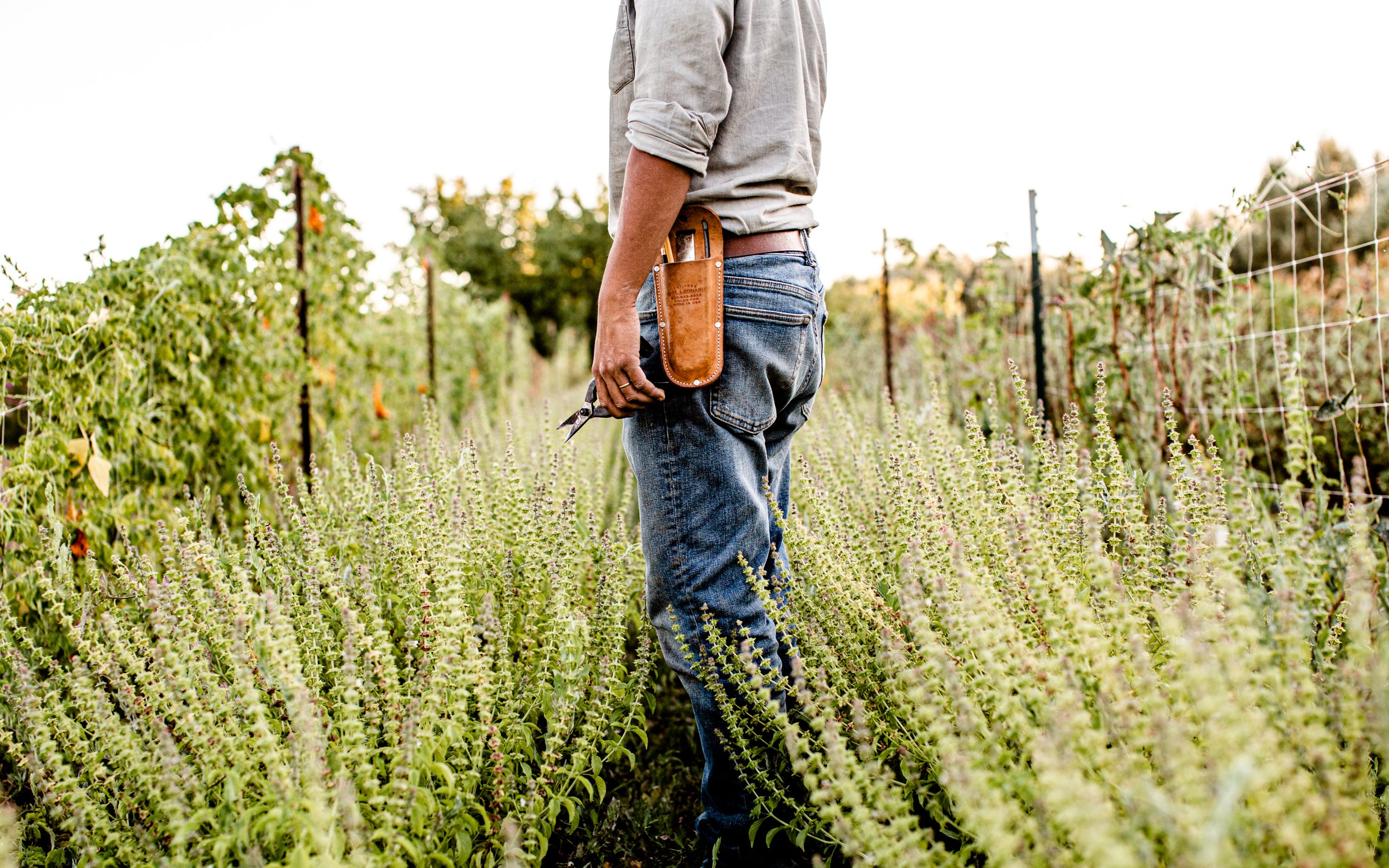
Second Generation Seeds
We are grateful to be in community with Second Generation Seeds and for their generosity in sharing their seeds for KTA’s Anniversary Celebration.
We share these seeds with you in the hopes you can enjoy them for seasons to come!
Second Generation Seeds is a farmer-led and run seed business focused on culturally significant, Asian heirloom seeds grown by and for agroecological farmers. Their business is guided by intentionality and integrity in order to create a seed network where farmers are fairly compensated, biodiversity is deepened, and recognition and economic benefits remain with the communities where the seed wisdom originated.
In the past year, KTA client and founder, Kristyn Leach, alongside other seed stewards, has led the business to double their seed production, expand their contributing growers (which includes current KTA client Kanoa Dinwoodie of Feral Heart Farm and former client Scott Chang-Fleeman of Shao Shan Farm), secure a home for the operation, and launch a fellowship program to support other farmers in seed research and development.
To read more about Second Generation Seeds and purchase seeds, please visit their website.
How to Care For Your Second Generation Seeds
38N Kkaennip
깻잎, Korean Perilla, Perilla frutescens var frutescens
Second Generation Seed’s variety has the classic large, heart shaped leaves, green on top, with lilac undersides whose appearance, aroma and flavor will be instantly recognizable to Koreans.
Background & Growing Tips:
Days to Maturity: 70 days from emergence to harvest leaves. Flowering depends on daylength shortening, and so will vary based on your location. Seeds mature about 5 weeks after flowering begins.
Growing Tips: Kkaennip is a day length sensitive plant, meaning it grows vegetatively with the lengthening days starting around the spring equinox (March-May). It flowers in response to short days, between the summer solstice and fall equinox.
When to Plant: Direct seed after threat of frost has passed, or start seeds indoors 3-4 weeks prior to field planting date. Optimal germination temperature is 65-70F.
Planting Depth: Surface sown and gently tamped in. They need light to germinate, so be careful to not cover too much. If starting indoors, either broadcast into open trays then pot up into 2" pots, or use 50-cell seedling trays.
Spacing: 2’ between plants is ideal for healthy vigorous growth, and seed maturation.
Sun: Full to partial. When grown in the shade, leaves will be more tender, but may not have as intense coloring on the undersides.
Water: Intermittent moderate watering recommended. Avoid prolonged periods of drought.
Grower: Namu Farm, Winters, CA
For more detailed information on the long term selection and maintenance of the California adapted variety, please visit Second Generation Seeds' blog article here.
Korean Cosmos
한국의 우주, Cosmos sulphureus
When Kristyn was in Korea in 2014, these flowers were a particularly memorable presence, blooming in all parts of the countryside. While Cosmos aren't native to Korea, they are really emblematic to Korean people; so many people write to tell Second Generation Seeds a story about how Cosmos remind them of family, or time in Korea. This variety is not a commercial cultivar for Second Generation Seeds, just a gift that captures some of the heart and spirit of their project.
Background & Growing Tips:
Note: The Growing Tips below have been provided directly by Second Generation Seeds whereas secondary growing sources were referenced for the rest of the information.
Days to Maturity: On average, Korean Cosmos typically take about 70 to 90 days from the time the seeds are sown to reach full maturity and produce flowers.
Growing Tips: Plant when the threat of frost has passed. They can handle a wide range of soil conditions and temperatures; they're honestly content anywhere. Though they appreciate water to germinate and get established early on, they can get by with very little water for the rest of the season. They bloom in late summer through fall, attracting all manner of beneficial insects.
Growing Conditions: Korean Cosmos are relatively easy to grow. It prefers full sun but can tolerate partial shade. It is adaptable to a wide range of soil types but thrives in well-draining, loamy soil. These plants are drought-tolerant once established and do not require excessive watering. They self-sow readily, so you may find them coming back year after year if you let the seeds drop.
When to Plant: Annually.
Planting Depth: When sowing Korean Cosmos seeds directly in the garden, the recommended planting depth is about 1/4 to 1/2 inch (6-12 mm).
Spacing: Space the seeds or seedlings about 12 to 18 inches (30-45 cm) apart in the garden to allow them room to grow and prevent overcrowding as they mature.
Sun: These are sun-loving plants that thrive when grown in full sun, receiving a minimum of 6 to 8 hours of direct sunlight each day.
Water: Korean Cosmos are relatively drought-resistant, though proper intermittent moderate watering helps ensure the health and vitality of the plants and promotes abundant flower production.
Grower: Namu Farms, Winters, CA






